Market Trends
Key Emerging Trends in the Polysilicon Market
The Polysilicon Market is witnessing notable trends driven by the expanding solar industry, technological advancements, and the growing demand for renewable energy sources. These trends are reshaping the market dynamics and influencing various aspects of polysilicon production and consumption.
Solar Photovoltaic Industry Growth:
A primary trend in the Polysilicon Market is the robust growth of the solar photovoltaic (PV) industry. Polysilicon is a key material in the production of solar cells, and the increasing global focus on renewable energy has led to a surge in demand for polysilicon in the solar sector. The solar PV industry's expansion is a significant driver for the polysilicon market. Technological Advancements in Polysilicon Production:
Technological advancements play a pivotal role in shaping polysilicon production processes. Continuous research and development efforts focus on improving the efficiency and cost-effectiveness of polysilicon manufacturing. Advanced methods, such as fluidized bed reactor technology, are being explored to enhance production scalability and reduce energy consumption. Global Transition Towards Green Energy:
The market is experiencing a trend aligned with the global transition towards green energy. Governments and industries worldwide are increasingly investing in renewable energy sources, with solar power playing a central role. This transition is driving the demand for polysilicon as a critical component in solar panels, contributing to the reduction of carbon emissions. Shift Towards Monocrystalline Polysilicon:
There is a noticeable shift towards the use of monocrystalline polysilicon in solar cell manufacturing. Monocrystalline solar cells offer higher efficiency compared to their multicrystalline counterparts, and this shift is influencing the preferences of solar panel manufacturers. The demand for high-efficiency solar panels is driving the consumption of monocrystalline polysilicon. Increased Focus on Recycling:
The polysilicon market is witnessing a growing focus on recycling initiatives. As the solar industry expands, there is an increased emphasis on the sustainable production and disposal of solar panels. Recycling polysilicon from end-of-life solar panels is gaining attention as an eco-friendly solution, contributing to the circular economy in the solar energy sector. Global Market Expansion:
The global expansion of the Polysilicon Market is evident, driven by increased demand from various regions. Asia-Pacific, particularly China, dominates the polysilicon production landscape and serves as a key consumer. However, other regions, including Europe and North America, are also contributing to the market's growth as solar energy adoption becomes more widespread. Challenges in Overcapacity and Pricing Volatility:
The market faces challenges related to overcapacity and pricing volatility. Periods of oversupply in the polysilicon market can lead to fluctuations in product prices, affecting the profitability of manufacturers. Companies are adopting strategies such as production adjustments and strategic alliances to manage these challenges effectively. Innovation in Hydrogen-Based Polysilicon Production:
Innovation in hydrogen-based polysilicon production is emerging as a trend. Traditional polysilicon manufacturing processes involve the use of chlorosilanes, which can be energy-intensive. Hydrogen-based methods are being explored as more sustainable alternatives, aiming to reduce the environmental impact and energy consumption associated with polysilicon production. Government Initiatives and Incentives:
Government initiatives and incentives are influencing the polysilicon market. Various countries are implementing policies and financial incentives to promote the adoption of solar energy and boost the domestic polysilicon industry. Supportive measures, such as feed-in tariffs and tax credits, contribute to the market's growth and sustainability. Diversification into Energy Storage:
Polysilicon manufacturers are diversifying into energy storage applications. As the energy storage market expands, polysilicon is being explored for use in advanced battery technologies. This trend reflects the versatility of polysilicon beyond solar cells, positioning it as a potential material in emerging energy storage solutions.

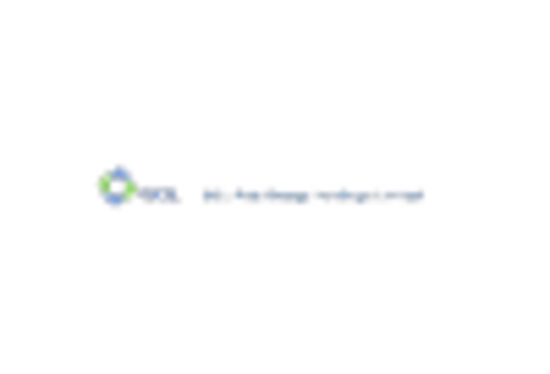
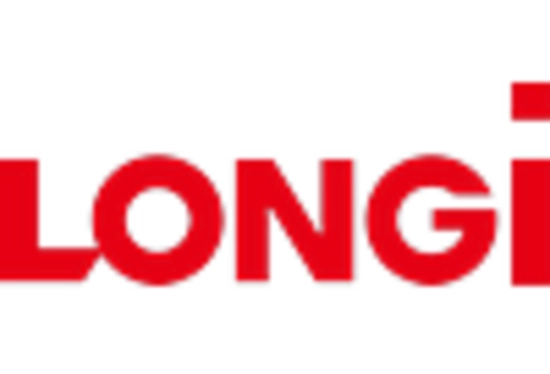
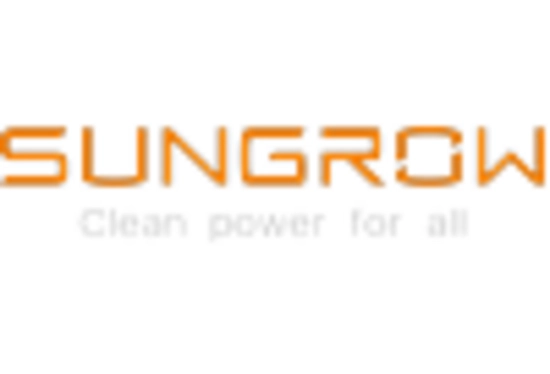
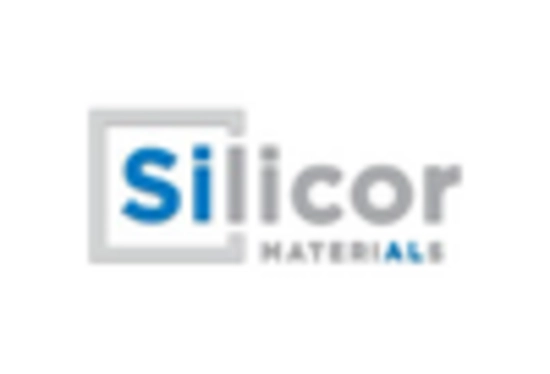
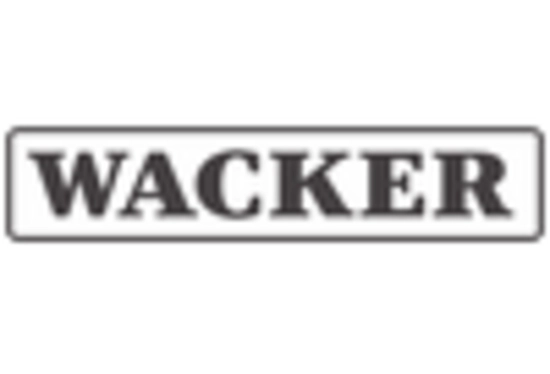









Leave a Comment